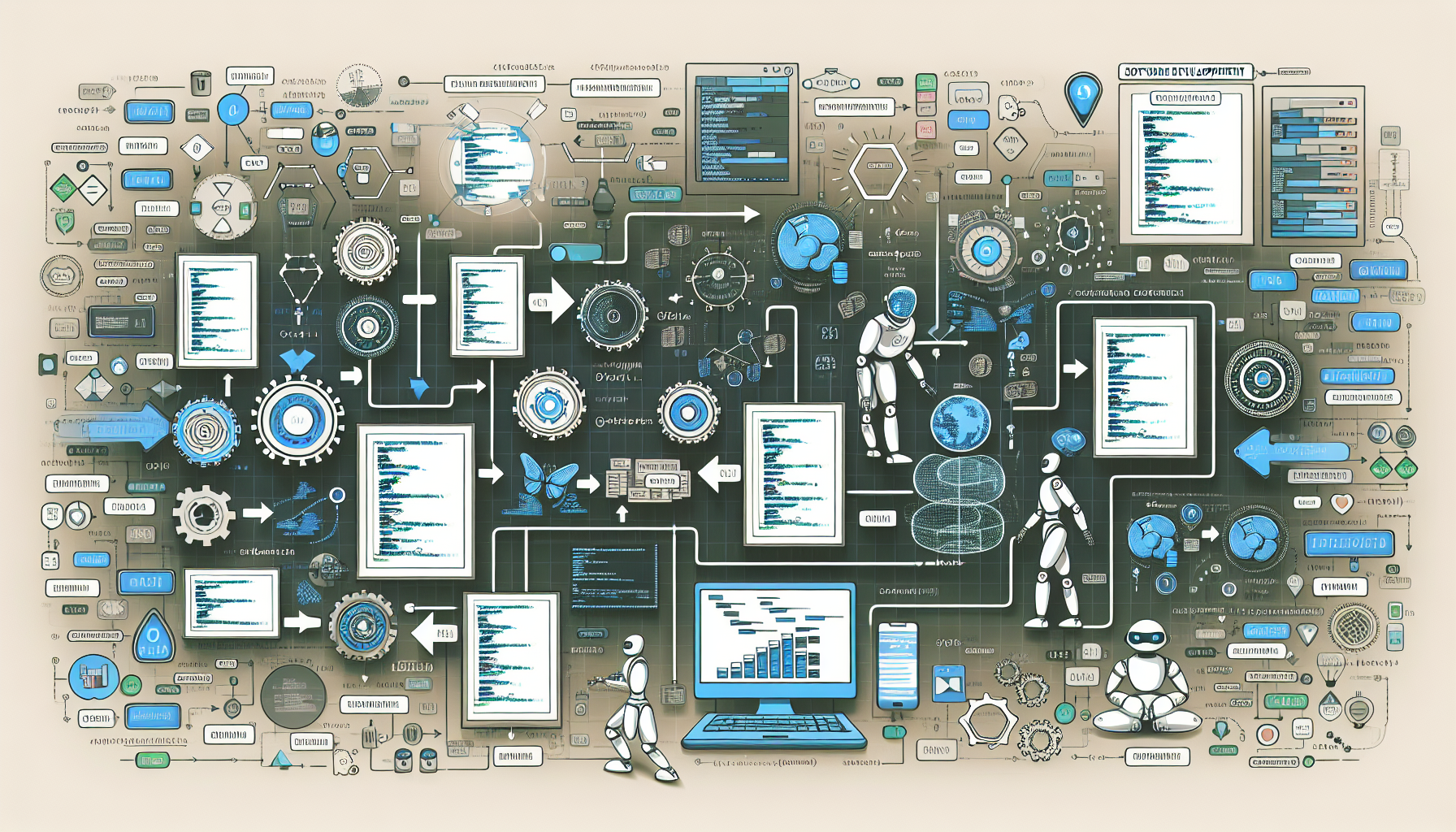How AI Is Changing the Game in Predictive Analytics: Enhancing Decision-Making in Business
Introduction
Predictive analytics has been a game-changer for business decision-making, enabling organizations to forecast future trends, understand customer behavior, and optimize operations. With the integration of Artificial Intelligence (AI), the capabilities of predictive analytics have been significantly enhanced, driving more accurate and dynamic predictive models than ever before. This blog post explores how AI is revolutionizing predictive analytics and discusses the benefits it brings to business decision-making.
Evolution of Predictive Analytics
Before AI
- Traditional Statistics: Employed statistical methods and historical data.
- Rule-Based Systems: Relied on set rules and manual updates.
Integration of AI
- Machine Learning Models: Utilize algorithms to learn from data dynamically.
- Deep Learning: Employs neural networks with multiple layers to analyze large data sets.
Applications in Business
Enhancing Customer Insights
- Personalized Marketing: AI helps in predicting customer preferences, enhancing targeted marketing strategies.
- Customer Retention: AI models predict which customers are likely to churn, enabling proactive engagement.
Operational Efficiency
- Supply Chain Optimization: AI predicts demand and supply fluctuations, improving inventory management.
- Predictive Maintenance: Utilizes AI to forecast equipment failures before they occur, reducing downtime.
Challenges and Considerations
Data Quality and Quantity
- High-quality, extensive data sets are crucial for training effective AI models.
Ethical and Privacy Concerns
- Businesses must manage AI systems responsibly, ensuring data privacy and security.
Conclusion
AI in predictive analytics is transforming how businesses operate and make decisions. With its ability to learn and adapt, AI provides a competitive edge by predicting outcomes with greater accuracy. As technology evolves, businesses will need to continually adapt to leverage these advanced capabilities, ensuring they remain competitive in an increasingly data-driven world.




